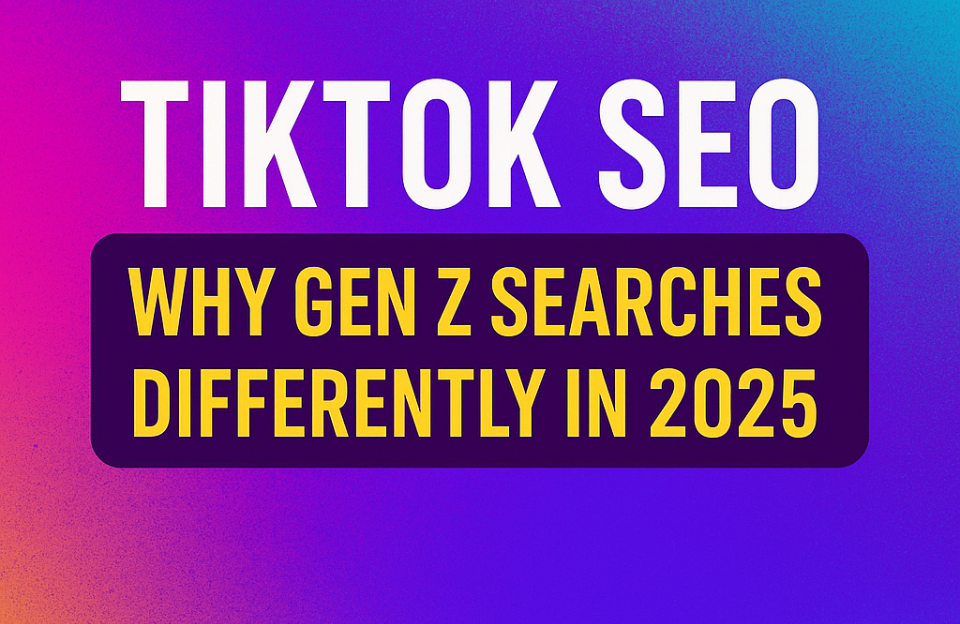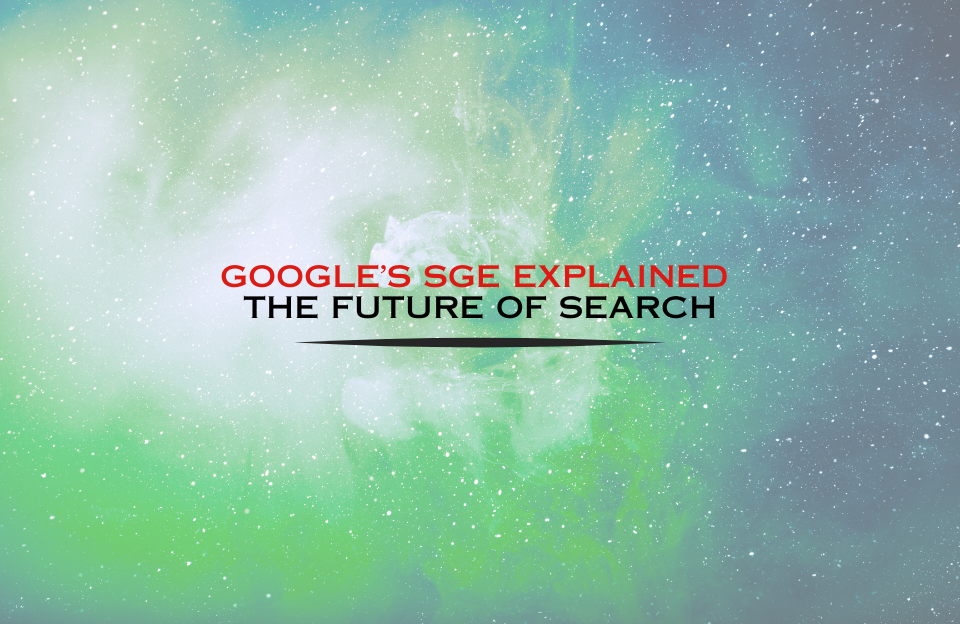Introduction: Why Target Group Selection Matters
In today’s competitive market, it’s no longer effective to aim your marketing at everyone. Precise target group selection is essential to ensure that your message reaches the right people—those most likely to convert into customers.
Defining and selecting the right target audience helps businesses:
- Optimize marketing spend
- Improve message relevance
- Increase conversion rates
- Build long-term brand loyalty
What Is a Target Group?
A target group—also called a target audience—is a specific segment of the market that a business aims to reach with its marketing efforts. It includes people who share similar characteristics such as demographics, interests, behavior, or purchasing habits.
Examples:
- A luxury skincare brand may target women aged 30–50 with high disposable income.
- A meal delivery service may target busy professionals living in urban areas.
The Importance of Target Group Selection
Without proper audience selection, marketing becomes guesswork. Companies risk:
- Wasting budget on uninterested audiences
- Diluted messaging
- Missed sales opportunities
By contrast, when the right audience is selected:
- Ads and content feel personalized
- Engagement increases
- Marketing ROI improves significantly
Step-by-Step Process to Select Your Target Group
1. Analyze Your Product or Service
Ask: What problem does it solve? Who benefits most from it? Define product–market fit before defining the market itself.
2. Conduct Market Research
Use both primary (surveys, interviews) and secondary (industry reports, trends) research to gather insights about potential users.
3. Segment the Market
Break down the market into smaller groups using segmentation criteria:
- Demographic: Age, gender, income, education
- Geographic: Country, region, city, climate
- Psychographic: Lifestyle, personality, values
- Behavioral: Usage patterns, brand loyalty, benefits sought
4. Build Buyer Personas
Create fictional representations of your ideal customers. Include details like name, job, goals, frustrations, and buying motivations.
5. Evaluate Segment Attractiveness
Not all segments are equally valuable. Consider:
- Size and growth potential
- Competitive landscape
- Accessibility (can you reach them?)
- Alignment with your brand
6. Select Your Primary & Secondary Target Groups
Choose your main focus segment, and optionally define secondary audiences for broader or future targeting.
Tools for Target Group Selection
- Google Analytics / GA4: Understand audience behavior and demographics
- Meta Ads Manager / LinkedIn Campaign Manager: Targeting options and insights
- CRM Systems: Analyze customer and lead data
- Research Tools: Use platforms like Statista, Nielsen, or GWI for broader insights
Common Mistakes to Avoid
- Targeting too broadly (“everyone is our customer”)
- Ignoring data and relying on gut feeling
- Neglecting to update your targeting over time
- Confusing buyer personas with targeting tools
Real-World Example: How Glossier Nailed Target Group Selection
Glossier, a direct-to-consumer beauty brand, is a standout case of sharp and deliberate target group selection. Instead of competing with traditional beauty giants on features and pricing, Glossier focused on a very specific psychographic and demographic segment:
- Demographic: Women aged 18–30
- Psychographic: Millennial and Gen Z consumers who value authenticity, inclusivity, and minimalism
- Behavioral: Active on Instagram, prefer online shopping, trust peer recommendations over ads
Glossier didn’t just sell products—they created a brand experience that spoke directly to their niche. Their entire marketing approach—from product names and packaging to influencer partnerships and UGC (user-generated content)—was tailored to this target group.
As a result, they built a massive cult following without traditional advertising. In fact, over 70% of their online sales came from unpaid channels like word-of-mouth and organic social media.
This laser-sharp focus allowed Glossier to:
- Scale fast without mass marketing
- Build a strong community of brand advocates
- Maintain high engagement and loyalty metrics
In Practice: How FitFuel Selected the Right Target Group
Company: FitFuel – A healthy meal delivery startup
Goal: Increase marketing efficiency and improve customer retention
Step 1 – Analyze the Product
FitFuel offers fresh, ready-to-eat healthy meals delivered to your doorstep. Their core value: healthy food, no cooking time.
Step 2 – Research the Market
Using surveys and Google Analytics, they found:
- Most customers live in urban areas
- Age range: 25–40 years
- Time-saving and health are top priorities
- Repeat buyers often exercise or diet regularly
Step 3 – Segment the Market
Based on the data, they segmented:
- Demographic: Working professionals, age 25–40
- Geographic: Major Dutch cities
- Psychographic: Health-conscious, busy, values convenience
- Behavioral: Shops via mobile, prefers subscriptions, uses fitness apps
Step 4 – Create Buyer Personas
Persona 1: Lisa (32), the busy marketing manager
Urban professional who works long hours, hits the gym, and orders via mobile. Wants healthy meals without meal prep.
Persona 2: Daan (28), the fitness-focused freelancer
Active lifestyle, tracks macros, trusts influencer recommendations. Prefers flexible plans and loyalty perks.
Step 5 – Evaluate Segment Value
Both personas showed high retention rates and alignment with the product’s value. Easily targetable via Meta Ads and Google.
Step 6 – Launch Targeted Campaigns
- Instagram ads with user testimonials and quick meal videos
- Google Ads for search terms like “healthy meal prep delivery”
- Blog content: “What to eat after your workout”
- Collaborations with fitness influencers popular in Dutch cities
Results after 3 months:
- 42% higher ROAS
- 18% increase in repeat purchases
- 25% lower bounce rate on Lisa-focused landing pages
Conclusion
Effective target group selection is the foundation of any successful marketing strategy. By defining exactly who you want to reach—and why—you ensure every campaign is more focused, efficient, and impactful.
Don’t try to speak to everyone. Instead, understand your best customers and craft messages just for them. That’s how marketing becomes truly powerful.




